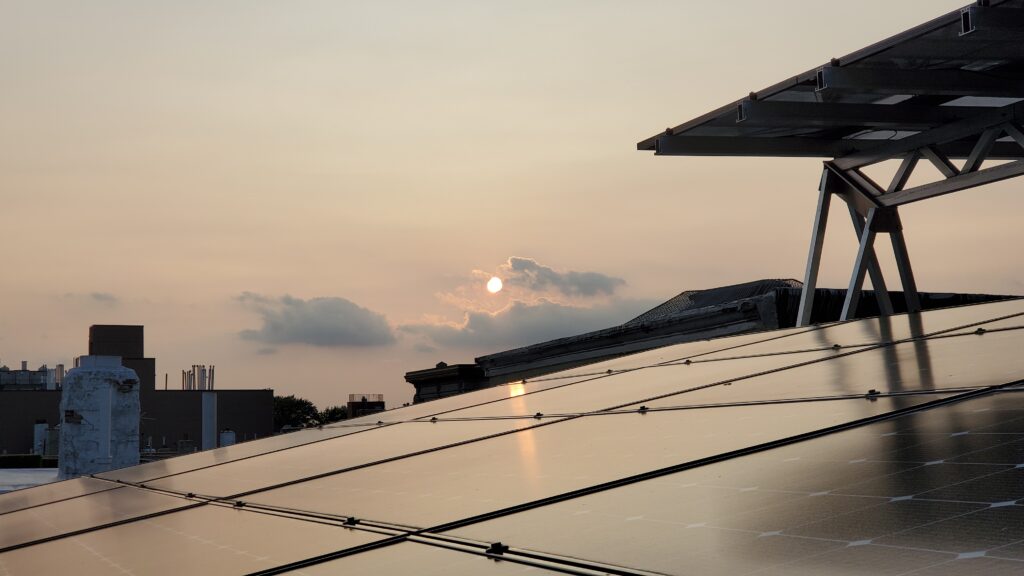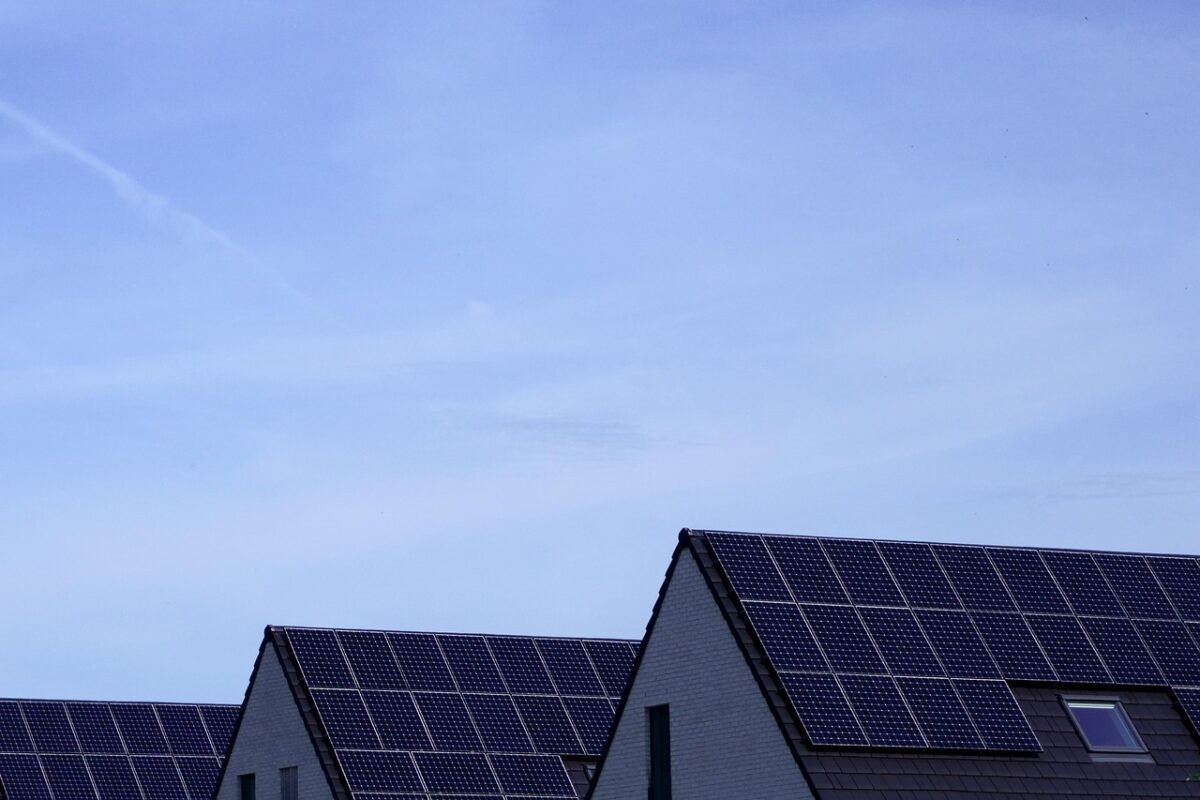
Credit: Solar Goat
The U.S. solar energy workforce grew by 3.5% in 2022 alongside a jobs boom in clean energy storage, according to the 13th annual National Solar Jobs Census released by the Interstate Renewable Energy Council (IREC).
The new report finds there are 263,883 solar workers in all 50 states, the District of Columbia, and Puerto Rico, an increase of 8,846 jobs since 2021. The total includes those who spend the majority of their time on solar-related work.
Clean energy storage jobs, including battery storage, grew 4.6% over 2021 and 28% since 2017. IREC, an independent nonprofit organization, releases the National Solar Jobs Census each year to provide a comprehensive analysis of solar job growth and workforce development. This year’s report includes additional data on storage and other clean energy industries.
“The solar industry has grown by leaps and bounds over the past decade, overcoming one challenge after the next to provide a quarter million jobs for Americans of all educational levels and backgrounds,” said Larry Sherwood, president and CEO at IREC. “With the passage of the Inflation Reduction Act, we can look forward to transformational jobs growth in solar, batteries, and other clean energy industries in the years ahead.”
Jobs in the residential market segment increased by 11%, or about 9,500 jobs, as residential solar experienced its best year ever for new installations in 2022. Meanwhile, the threat of new tariffs and other supply chain concerns led to a slowdown in the utility-scale market segment, which lost about 6,000 jobs.
About two-thirds of all solar jobs (171,558) were at installation and project development firms. Jobs in solar manufacturing totaled 33,473, but these jobs could rise significantly in 2023 and beyond if companies follow through on announcements for new domestic solar manufacturing facilities in the wake of the Inflation Reduction Act.
Solar jobs grew in 42 states and Puerto Rico in 2022. The state with the most jobs added by far was California (2,404 jobs), followed by New York (988 jobs), Texas (904 jobs), Florida (506 jobs) and Massachusetts (476 jobs).
In addition to the 263,883 workers spending the majority of their time on solar, there were other workers who spent less than half their time on solar-related work. In total, there were 346,143 workers who spent all or part of their time on solar.
“Solar energy projects provide opportunities for professionals with a diverse array of skills and create well-paying jobs in the communities where we build and operate,” said George Hershman, CEO of SOLV Energy. “What’s more, demand for solar has a ripple effect that creates jobs in other industries that provide critical equipment, fencing and even lunch for our workers, creating returns for local businesses that allow them to hire more workers.”
A tight labor market in the solar industry has increased hiring challenges. In 2022, 44% of solar industry employers said it was “very difficult” to find qualified applicants — the highest such percentage ever recorded in the Solar Jobs Census.
“In 2022, the U.S. solar industry remained resilient and kept more than 263,000 Americans on the payroll,” said Abigail Ross Hopper, president and CEO of the Solar Energy Industries Association (SEIA). “More than half of all new solar jobs in 2022 did not require a bachelor’s degree, helping even more Americans launch their career in a forward-thinking and mission-driven industry. We’ve also made considerable progress welcoming more women and people of color to the solar industry, but we must continue to create inclusive and intentional workforce development strategies that can deliver our clean energy future.”
There were 85,858 workers employed in clean storage jobs in 2022, 85% of whom worked in battery storage. In total, there were about 432,000 workers in either solar energy or clean storage in 2022.
Wind energy jobs in 2022 totaled 125,580, a 4.5% increase from 120,164 jobs in 2021. Among states, Texas leads the nation with about 26,000 wind energy jobs. Overall, there were 546,630 workers in renewable energy generation industries including solar, wind, traditional hydropower, low-impact hydropower and geothermal.
The U.S. has a promising outlook for solar job growth in 2023 as supply chain concerns are reduced and installations ramp up. In future years, jobs in solar and other clean energy industries will likely rise even further due to the impacts of the Inflation Reduction Act.
This report is based on a survey conducted by BW Research partnership for the U.S. Department of Energy’s United States Energy and Employment Report 2023. The full report and data are available here.
News item from IREC






